Meditation with Mandalas
What is a Mandala? For those of our readers who are not closely associated with the subcontinent a short explanation would be in order. You may ask is it some kind of magic circle, or maybe a ritual geometric symbol or is it a mystical symbol only for the lucky initiate? In some areas we find them described as ;symbols of the cosmic elements, used as aids for meditation,' as models for certain visualizations', or alternatively as 'aids to self discovery or to meditation on the transcendental.' In essence a Mandala is a powerfully symmetrical diagram, concentrated about a centre and generally divided into four quadrants of equal size; it is built up of concentric circles and squares possessing the same centre. It is also true that a great many Mandalas are considered as aids to meditation, visualization and initiation. Carl Gustav Jung in his analysis of the Mandala the 'protective circle' found it to be "the traditional antidote for chaotic states of mind."
In India life is still lived close to nature, and it appears unorganized and therefore chaotic; but in its chaos there seems to be an undercurrent of order. It is the religious culture the spiritual heritage that makes up the keystone of the whole super structure of the Indian civilization. It has a highly philosophical culture. It is here over the ages that the concept of the Mandala has developed no doubt to bring some order into the seemingly apparent chaotic situation. The ancient tribal creed has never relinquished its hold on its past, which reflects its continuous existence through the ages, from evolution to the present.
The concept of the Mandala was developed and conceived in the remotest ages and most ancient recesses of Indian history before the advent of Hinduism or Buddhism. The Concept as a whole encompassed all facets of the Indian life, a life style and religious heritage, which has made India a mysterious land, incomprehensible and unintelligible. It was found to have been equally important in socio-political realms as well as the religio-spiritual. The influence of the Mandala concept spread all over South-East Asia, Nepal and Tibet wherever Indian culture spread. It is even suspected that its influence spread to West Asia and China also. This influence was apparent in all walks of life especially in the field of administration and religion.
In the tribal primitive agrarian community the Goddess of Fertility evolved. They worshipped her in the form of a triangle, which is regarded as an element of Neolithic art. As in any form of worship it is the mind that links up with the Absolute but on a Mandala, for the worshipper's consciousness to tread the spiritual path to the ultimate, requires knowledge and precision. It is an aspect of Tantrism and fundamentally connotes maithuna (coitus), which terminates in bliss yoga. The Mandala's main component, the triangle, is a basic figure in geometry, and hence, seems so modern, yet in quintessence it is really very old.
Get it now and save 10%
BECOME A MEMBER

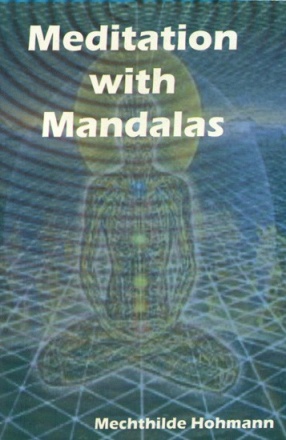
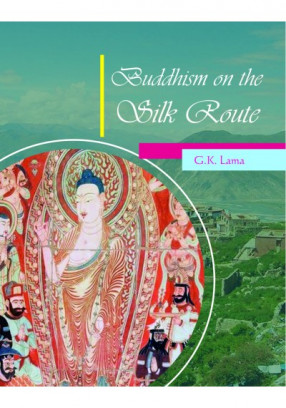
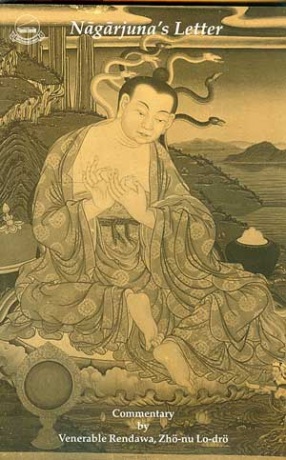
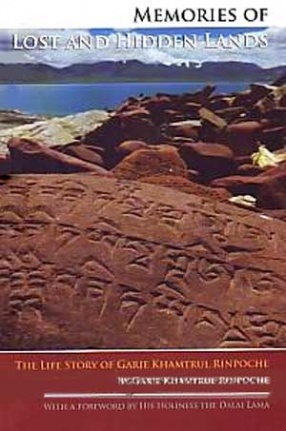
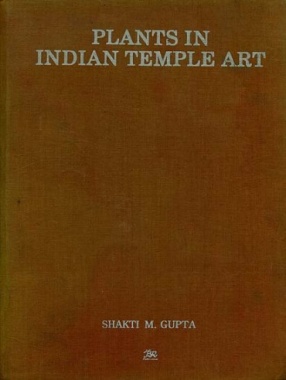

Bibliographic information